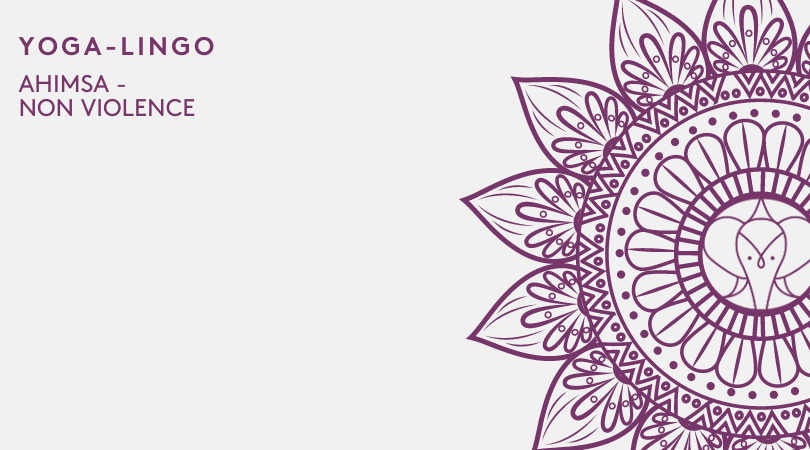Parsva Bakasana - Side Crow
Parsva Bakasana is an asana in hatha yoga that deals with arm balancing. The Sanskrit Parsva means “side,” Baka means “crane” or “crow,” while asana means “pose.” The full English name for Parsva Bakasana is side crow or side crane pose.
Bakasana itself refers to the likeness of a crane that’s paddling in a pool of water. Therefore, Parsva Bakasana is its advanced version. The side crane pose is a real challenge for beginners to master because it requires a lot of flexibility and balance.
Step By Step Instructions
Step 1: Bend your knees until you’re half-squatted, with your thighs being parallel to the ground. Support your heels on a closely folded blanket if the heels do not rest comfortably. Move your left elbow to the right thigh’s outside, softening the belly in the process.
Step 2: Twist the torso to the right while exhaling, bringing the left lower ribs over toward the right thigh as far as you’re able to.
Step 3: Slide your left arm’s back down your right thigh’s outside, bringing the outer armpit very close to your outer thigh. Keeping this arm in place, back bend slightly and draw the right shoulder back in order to twist the torso more deeply.
Step 4: Repeat these alternating twisting and back bending movements while exhaling each time until you get to your maximum rotation. After this, slide the left upper arm many inches toward the right hip before pressing it firmly against the right thigh. Draw your upper arm back in the direction of the knee while maintaining this pressure and without allowing your skin to slide. Once the arm gets in position on the thigh, make the point of skin-to-skin contact and keep it throughout the pose.
Step 5: Squat fully with buttocks a bit above the heels. Place the left palm on the ground just outside the right foot. Tip the torso to your right until it’s easy for the hand to reach the floor. Maintaining contact between the right upper arm and the right outer thigh, bend more to your right until you’re able to place the right hand on the ground. Both hands should be at least shoulder width apart and positioned on a diagonally drawn imagery line from the right foot angled in your heel’s direction. Your fingers should also be parallel to each other.
Step 6: Maintaining the contact point between the left arm and the right thigh, slowly lift the pelvis and try to shift it to your right, targeting to bring the abdomen’s center above and between the hands.
Step 7: Keep the feet together. Press out through the inner edges of the feet. Draw the heels toward your buttocks. Soften the belly while exhaling to prepare for a twist. Strongly pull the left hip down and lift your feet. Straighten your left arm as much as possible without permitting the legs to slide down.
Step 8: Completely straighten the arm. While lifting the right shoulder, twist the spine further. Lift the chest and head, then look forward. Do a natural, even breath. Hold this pose for at least 20 seconds before lowering the back to the ground with an exhale. Repeat this on the opposite side for the same amount of time.
Modifications
Bring your head down to a block. Lift up the legs with your hands on the floor.
Secure your arms with a yoga strap to shoulder width distance if your elbows wing out to one side. Slide the strap’s loop just above your elbows.
Preparatory Poses
Reclining Side Crow
Knee to Opposite Arm
Revolved Chair Pose
Benefits
Boosts self-confidence
Improves focus
Promotes awareness
Helps in the achievement of balance
Variations
One-Legged Insect Pose (Eka Hasta Bhujasana)
One-Legged Crane Pose (Eka Pada Bakasana)
Flying Pigeon Pose (Eka Pada Galavasana)
Firefly Pose Variation Feet Crossed (Tittibhasana Variation Feet Crossed)
Crane Pose (Bakasana)
Firefly Pose (Tittibhasana)
Firefly Pose Variation (Tittibhasana Variation)
Fallen Angel Pose (Devaduuta Panna Asana)
Jump Back Flow
Baby Firefly Pose (Bala Tittibhasana)
Crow Pose with Eagle Legs (Bakasana Pada Garudasana)
Crow Pose Block Flow
Beginner Tips
Twist enough to place one of your upper arm’s outer edge far around the opposite thigh’s outside
Perform Parsva Bakasana for a few seconds when beginning. Work gradually toward increasing the duration.









